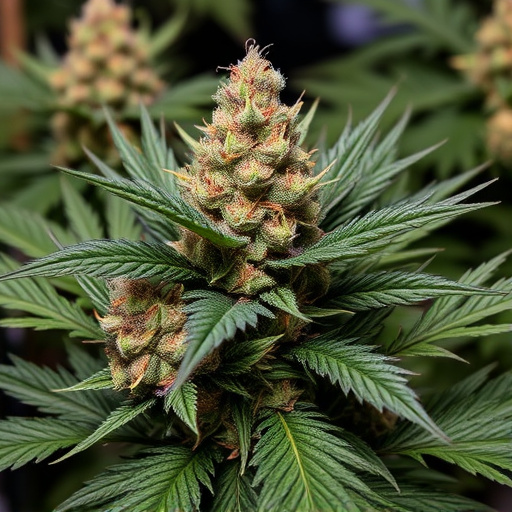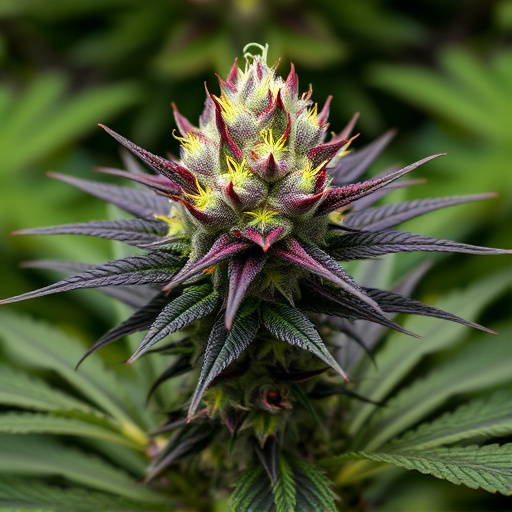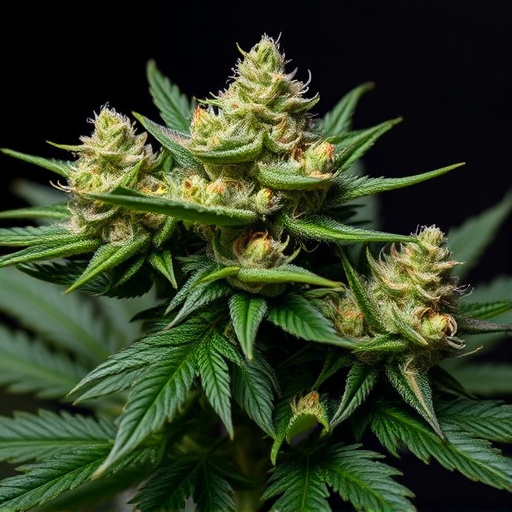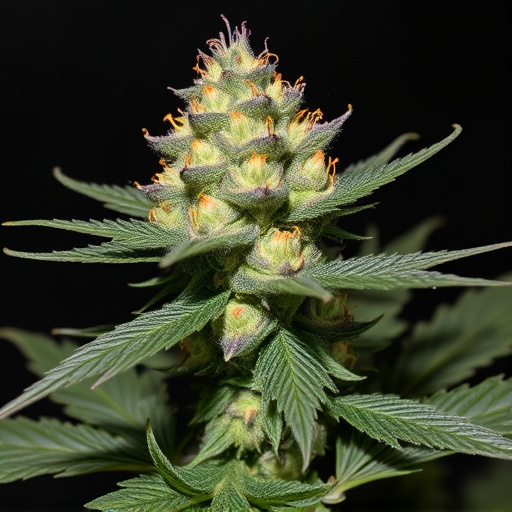Indica dominant hybrid strains of cannabis stand out due to their unique genetic makeup and terpene profiles, offering distinct relaxing and sedating effects. Cultivation techniques, including light cycles, temperature, humidity, and nutrition, are critical for these strains' quality. Rigorous testing and certification ensure safety, consistency, and consumer confidence in indica dominant hybrid products, empowering informed choices.
“Unraveling the secrets behind top-quality weed begins with understanding key determinants. In this comprehensive guide, we explore the intricate factors that shape the excellence of cannabis. From genetic composition and terpene profiles as the bedrock of quality, to cultivation techniques and environmental nuances that foster optimal growth, every aspect contributes to the final product.
Additionally, we delve into the crucial role of testing and certification in ensuring consistency and safety, especially for popular indica dominant hybrid strains. Discover how these elements converge to create a truly exceptional cannabis experience.”
- Genetic Composition and Terpene Profile: The Foundation of Quality
- Cultivation Techniques and Environment: Nurturing Optimal Conditions
- Testing and Certification: Ensuring Consistency and Safety
Genetic Composition and Terpene Profile: The Foundation of Quality
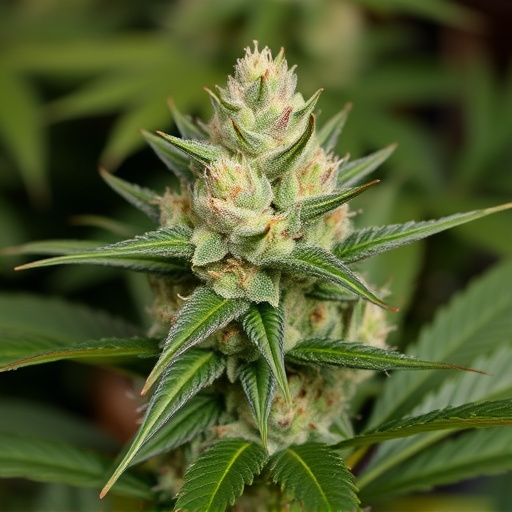
The genetic composition and terpene profile of cannabis plants are fundamental factors that set apart superior-quality weed from average varieties. These essential elements form the very foundation of what makes each strain unique, influencing not only its aroma and flavor but also its therapeutic potential and overall user experience. Indica dominant hybrid strains, for instance, often exhibit distinct characteristics driven by their genetic makeup, offering users a more relaxing and sedating effect due to higher levels of cannabinoids like THC and CBD.
Terpenes, the aromatic compounds responsible for cannabis’ diverse scents and flavors, further contribute to the quality narrative. Different terpenes can evoke specific mood states and have potential medicinal benefits. For example, myrcene is known for its earthy scent and sedative properties, making it a desirable terpene in strains aiming to promote relaxation and alleviate insomnia. By understanding and appreciating these genetic and chemical complexities, cannabis enthusiasts and medical patients alike can make informed choices when seeking top-tier products.
Cultivation Techniques and Environment: Nurturing Optimal Conditions
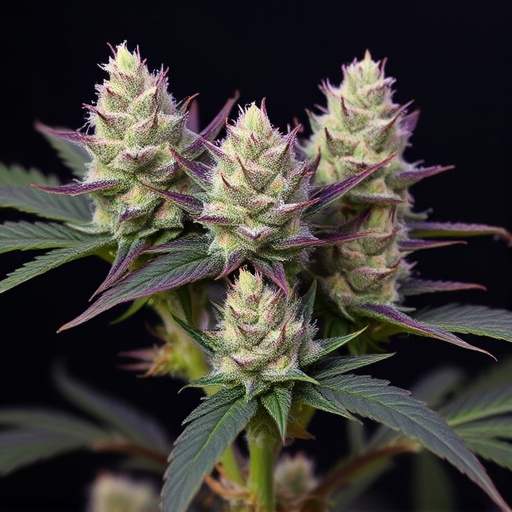
Cultivation techniques and environmental factors play a pivotal role in determining the quality of cannabis, particularly for indica dominant hybrid strains. Growers must meticulously nurture optimal conditions to unlock the full potential of these plants. This includes controlling light cycles, temperature, humidity, and ensuring adequate nutrition.
Indica dominant hybrids, known for their relaxing and sedative effects, thrive in specific environments. Ideal light conditions typically range from 18-24 hours of light per day during vegetative growth, followed by a gradual transition to 12 hours of light for flowering. Temperatures between 70-85°F (21-29°C) and relative humidity levels around 60-70% foster ideal growth. Proper nutrition, including balanced macronutrients and micronutrients, is essential to prevent nutrient deficiencies or excesses that can impact cannabinoid production and overall plant health.
Testing and Certification: Ensuring Consistency and Safety
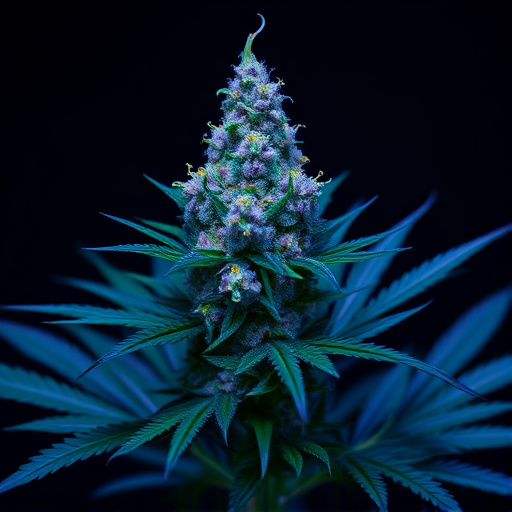
Testing and certification play a pivotal role in ensuring the quality, safety, and consistency of cannabis products, especially when it comes to indica dominant hybrid strains. These processes act as a safeguard for consumers, guaranteeing that what they purchase meets specific standards. Laboratory testing examines various aspects, including cannabinoid profiles, terpene content, and potential contaminants, offering an objective assessment of each strain’s unique makeup.
Certification programs verify the accuracy of test results and provide a level of assurance to buyers. Reputable certification bodies ensure that cannabis products adhere to legal requirements and industry best practices. By implementing these rigorous testing and certification measures, consumers can have confidence in the quality and safety of their chosen indica dominant hybrid strains, knowing they’ve made an informed decision based on reliable data.
In conclusion, the quality of weed is a multifaceted consideration that begins with genetic composition and terpene profiles, cultivation techniques, and environmental factors, culminating in rigorous testing and certification. Understanding these components, from the intricate genetic makeup responsible for its unique characteristics to the cultivation methods that shape its final properties, empowers consumers to make informed choices. By prioritizing these factors, we ensure access to consistent, safe, and top-tier cannabis products, be they potent indica dominant hybrid strains or any other variety.








